The Route to Dhaulagiri
All photos by Jack Wheeler

For the past three weeks, in our exploration of the greatest mountains of the Himalayas, we’ve learned the route to Everest, Lhotse, and Cho Oyu, that to Makalu and Kanchenjunga, and to Manaslu and Annapurna. In our final route, we’ll explore Dhaulagiri – and two fascinating regions nearby.
 Remember this sat photo from last week?
Remember this sat photo from last week?
 We overflew the Annapurna Circuit along the north side of the Annapurna Range, then dropped down into that huge valley starting at the “M” in Mustang, and around to the gash starting to the left of “A” in Annapurna to go up into the Annapurna Sanctuary.
We overflew the Annapurna Circuit along the north side of the Annapurna Range, then dropped down into that huge valley starting at the “M” in Mustang, and around to the gash starting to the left of “A” in Annapurna to go up into the Annapurna Sanctuary.
Now, let’s stop once we drop down into that valley. The river that flows through it is the Kali Gandaki. Note that it cuts straight through the Himalayas from the Tibetan Plateau in the north to the plains of India in the south. That’s because it’s far older than the Himalayas (which are some 50 million years old) – ammonite fossils over a hundred million years old have been found at its headwaters.
Here’s the reverse view looking from its Tibet headwaters towards India.
 The big white mountain on the left is Annapurna, while that on the right is Dhaulagiri. Between them is the Kali Gandaki Gorge, the deepest canyon on earth.
The big white mountain on the left is Annapurna, while that on the right is Dhaulagiri. Between them is the Kali Gandaki Gorge, the deepest canyon on earth.
And at those Tibetan headwaters (i.e., at the bottom of the view above) in the region of Mustang lies The Hidden Kingdom of Lo, which you read about a year ago last February in Escape Artist.
 The kingdom’s capital is Lo Manthang, now recognized as a UN World Heritage Site as the “best preserved medieval walled city on earth.”
The kingdom’s capital is Lo Manthang, now recognized as a UN World Heritage Site as the “best preserved medieval walled city on earth.”

And it is here you will find the last remaining place of pure Tibetan culture on earth, as the Chinese have destroyed it in Beijing-occupied Tibet. It is a two-week trek on trails over two miles high to get here – but Wheeler Expeditions has a special permit to do so by helicopter.
It is here in the Kingdom of Lo that Tibetan culture and Tantric religion still flourish.

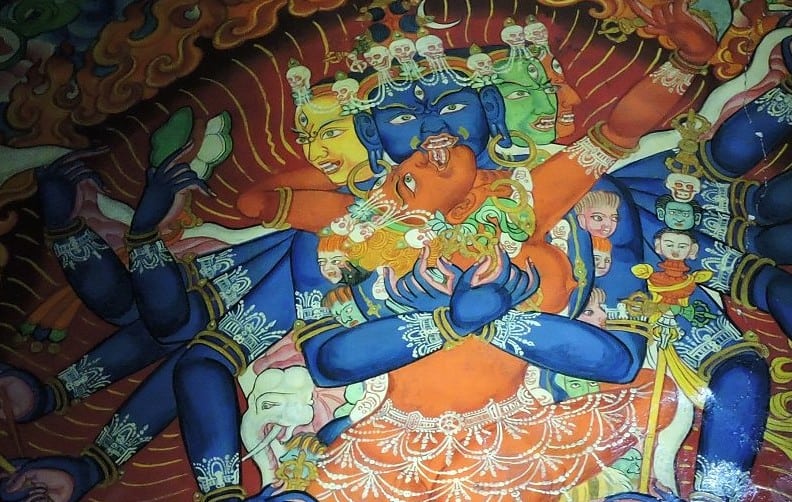
West of Mustang and the Kingdom of Lo lies a roadless high wilderness inhabited only by nomads called Dolpa. The region is named after them, Dolpo. The Dolpa practice the ancient pre-Buddhist animist religion of Tibet called Bön. They worship sites of nature they consider holy. And holiest of all is the Sacred Lake of Phoksundo.
Experience the Insider community that takes your international lifestyle to the next level. Download your FREE guide
"18 Steps to Implementing Your Plan B" instantly!
The Dolpa consider the blue of Phoksundo an act of magic by the gods. Once you see it, you can only agree.
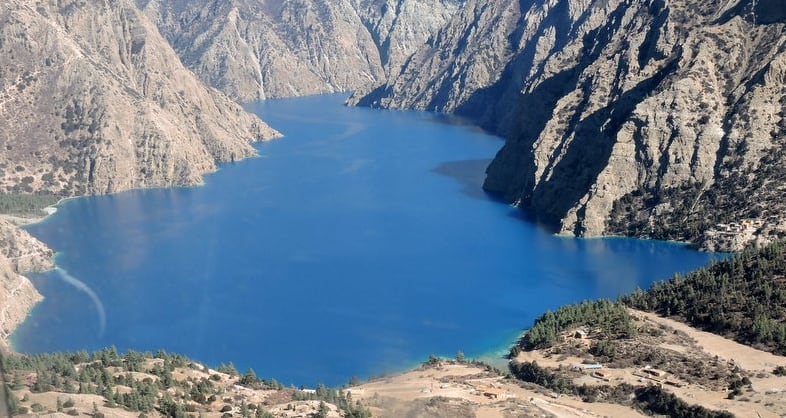

After the wonderment of being here, we head for Dhaulagiri. Let’s orient ourselves. Here are the trekking routes for the Annapurna and Dhaulagiri Circuits combined.
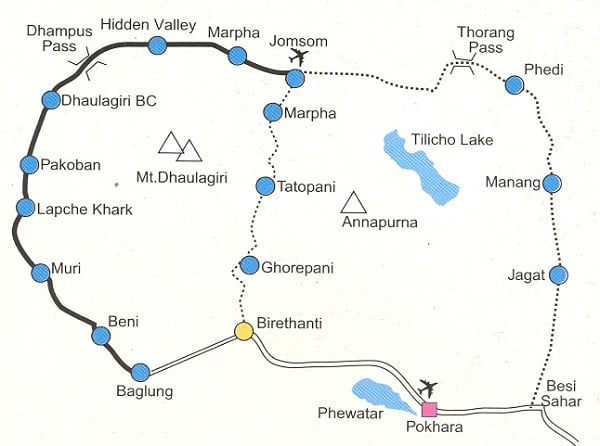 We overflew the Annapurna Circuit coming from Manaslu to Manang, and to Jomsom via Lake Tilicho. Jomsom is at the entrance to the Kali Gandaki Gorge. To get to the Annapurna Sanctuary, you go down the gorge past Tatopani to Ghorepani, then up into the sanctuary.
We overflew the Annapurna Circuit coming from Manaslu to Manang, and to Jomsom via Lake Tilicho. Jomsom is at the entrance to the Kali Gandaki Gorge. To get to the Annapurna Sanctuary, you go down the gorge past Tatopani to Ghorepani, then up into the sanctuary.
What we’re doing now instead is flying up the Kali Gandaki from Jomsom to Lo Manthang to visit the Kingdom of Lo. And from thence to Dolpo and Lake Phoksundo. Returning and refueling at Jomsom, we see Dhaulagiri towering above us.

You see the northeast and north face here. We fly to the north over the 17,590-foot French Pass, and there is the mountain’s enormous west face in front of us.
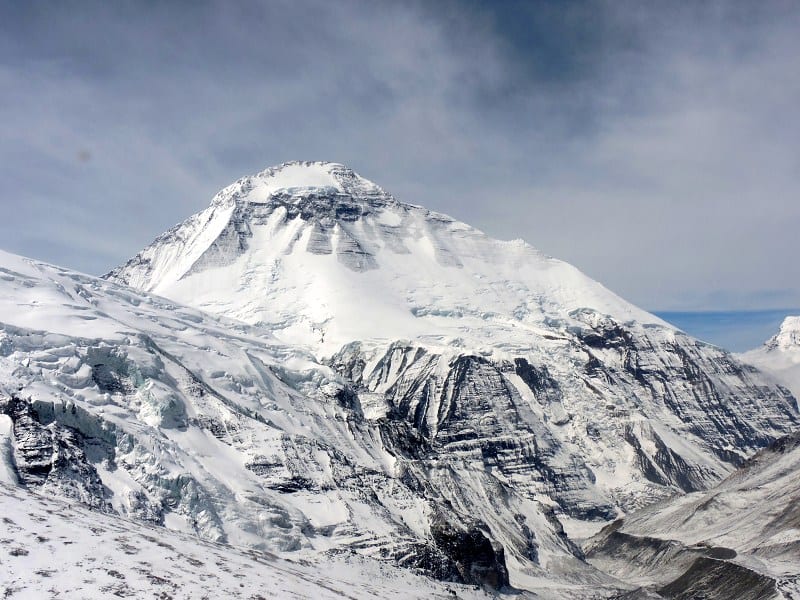
The closer we get, the more the sheer size of Dhaulagiri – Dazzling White in Sanskrit – overwhelms us.
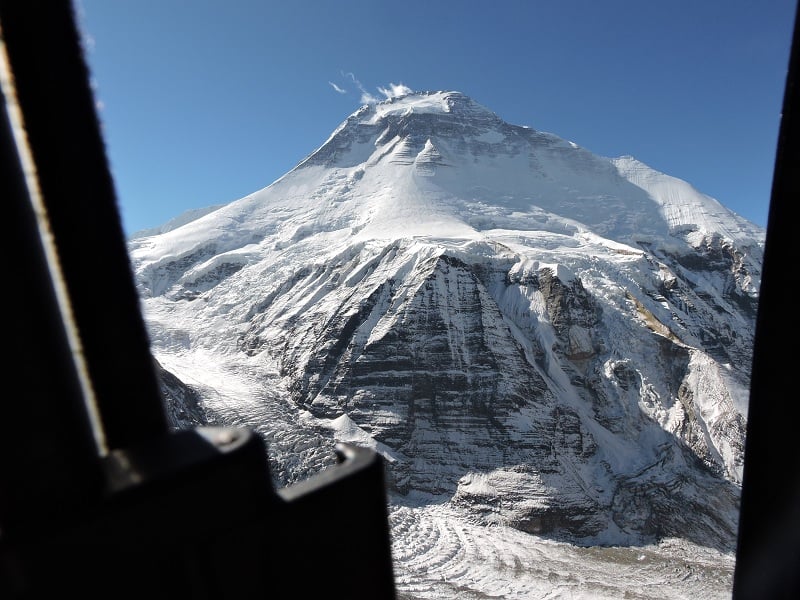

Dhaulagiri Base Camp is below that huge vertical slab, nicknamed “The Eiger.” The climbing route begins ascending the glacial icefall next to it. That’s where we land. The climbers, trekkers, and Sherpa guides are always happy to see us.
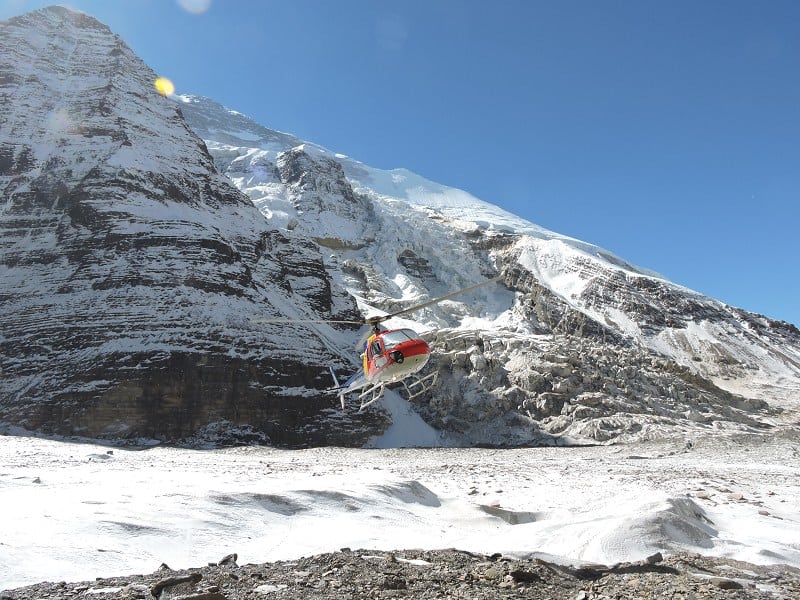
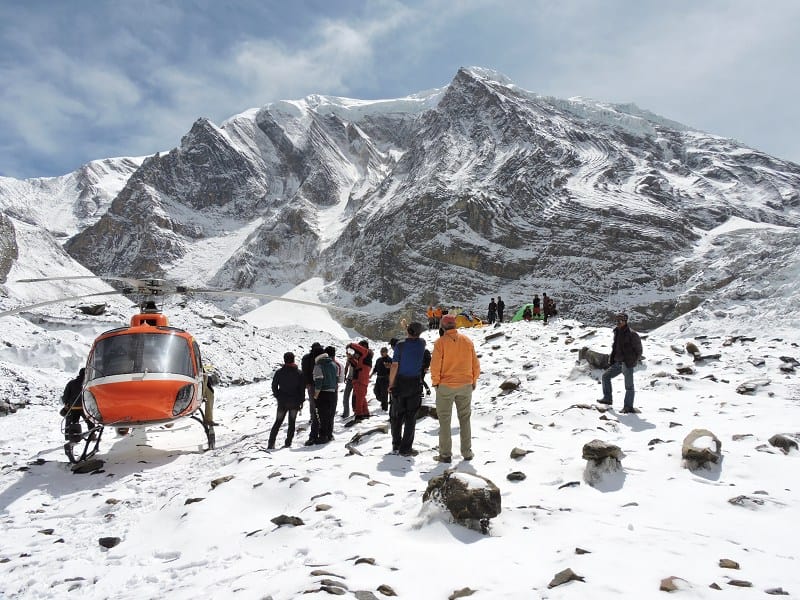
We have now been to the base camps of all eight of the “eight-thousanders” (8,000+ meters) in the Himalayas of Nepal. As we stand here at Dhaulagiri, we reflect on knowing that only a handful of human beings have ever done this, and now we are among them.
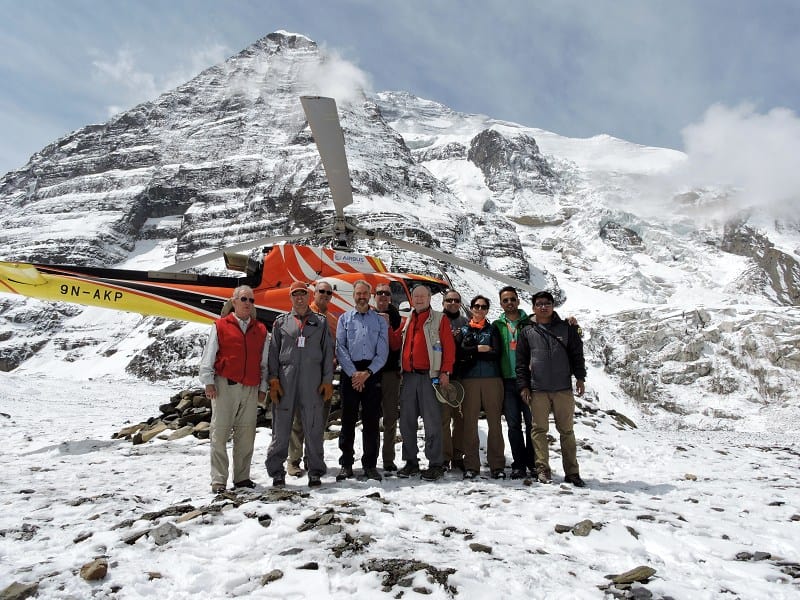
For me, it is a special privilege to be here knowing that I have made this possible.
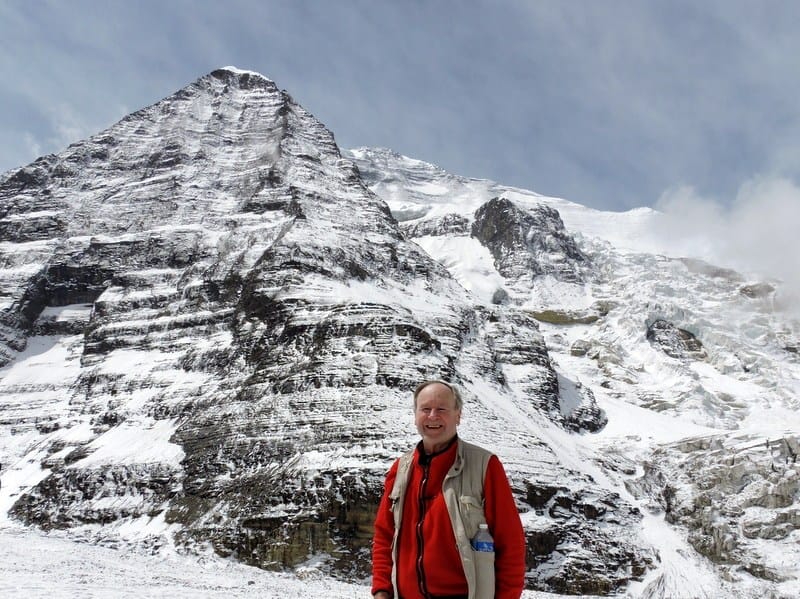
If you would like me to make this possible for you this coming April, click here for details to join the Himalaya Helicopter Expedition and have the greatest one-week adventure possible on earth today.
Carpe diem. Life is short. The time for a great adventure is now.
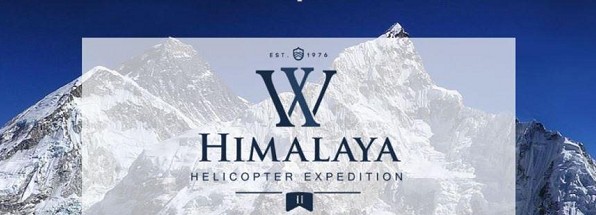 Jack Wheeler is the founder of Wheeler Expeditions.
Jack Wheeler is the founder of Wheeler Expeditions.
©2019 Jack Wheeler – republished with permission
Like Our Articles?
Then make sure to check out our Bookstore... we have titles packed full of premium offshore intel. Instant Download - Print off for your private library before the government demands we take these down!






